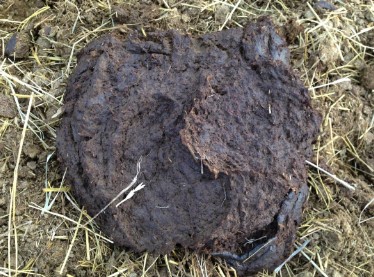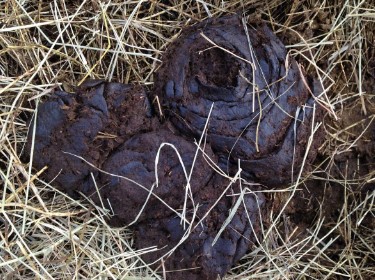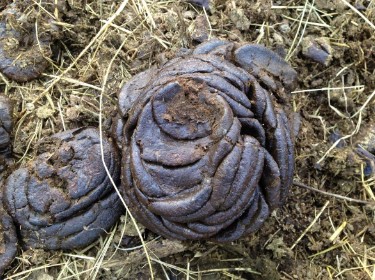By Adele Harty
Managing cows through the winter provides different challenges compared to managing those same cows during the growing season. With snow cover, cows should oftentimes receive supplemental feed to meet nutrient requirements during late gestation and into calving season due to low forage or limited quantity. Depending on the limiting nutrients, supplemental energy or protein may be necessary and there are a variety of supplemental feeds, ranging from hay to by-product feeds such as distiller grains to range cubes to lick barrels available. The key is determining whether or not nutrient requirements are being met.
There are two simple tools producers can use to monitor nutrient status and ensure the cow’s requirements are being met. The first is body condition scoring cows and the second is to monitor manure consistency.
Body Condition Score (BCS)
By monitoring body condition score (BCS) on a regular basis, trends in energy status through time can be noted and appropriate management decisions made. Developing a method for collecting BCS on a weekly basis and calculating a herd average will start the process of evaluating the trend. This can be as simple as writing down a BCS on every 10th cow in the feed line and calculating an average for the herd. Even though the same cow won’t be scored each week, the herd average will show the change over time. This will answer the question “What condition are my cows in, and are they gaining, maintaining or losing condition?”
The goal is to have cows in a BCS 5 at calving on a 1-9 scale. A cow with a BCS 5 is described as one whose “overall appearance is generally good”. Fat cover over the ribs feels spongy. Palpable fat cover is present on either side of the tail head. If the cows are in adequate condition (BCS 5) and maintaining, no immediate changes are likely needed. However, if cows are in poor condition (BCS less than 5) or losing condition, management changes need to be made immediately, likely requiring the addition of supplemental energy feeds so that BCS does not drop below 5 before calving. If the cows are in BCS greater than 5, the nutrition program is more than adequate, but one may need to evaluate the feed costs associated with this excess condition.
Manure Consistency
Manure consistency can serve as an indicator of forage quality and animal performance. The primary question this indicator can help answer is, “Do the cows need a protein supplement? If they are receiving a protein supplement, is it enough?” The pictures below show manure from animals that have excess protein (Figure 1), adequate protein (Figure 2), and deficient in protein (Figure 3) in their diet during late gestation.
EXCESS PROTEIN
Manure patties similar to Figure 1 indicate a diet with crude protein greater than 10%. The center of the patty has a crater-like appearance. If there are small folds present around the edges of the patty, the crude protein content will be in the 10-13% range. No additional supplementation is needed for mature cows with manure of this consistency during late gestation.

Figure 1. Excess protein.
ADEQUATE PROTEIN
Manure patties similar to Figure 2 indicate dietary crude protein between 6 and 9%. This manure will have flat folds. As forage quality increases the folds become smaller. There will typically be a small depression in the center of these patties and they will stand 1 ½ to 2 inches tall. This manure indicates forage quality adequate to meet maintenance requirements for mature cows. Depending on the stage of production, additional protein supplementation may be required particularly during late gestation or early lactation.

Figure 2. Adequate protein.
DEFICIENT PROTEIN
The manure in Figure 3 indicates diets with crude protein of 5% or less. These patties have very distinct rings at the lower portion which tend to be firm. Manure from this forage quality tends to stack, but the rings are a true indicator of lower forage quality. This manure type indicates the forage is below maintenance requirements for all classes of beef cattle and that protein supplementation is necessary to increase digestibility and utilization of the low quality forage.

Figure 3. Deficient protein.
Management Considerations
If cows are grazing dormant range, it is challenging to collect a representative sample of the forage to determine quality. However, if the manure is indicating protein deficiency, adding or increasing a protein supplement will increase the utilization of low-quality forages. This will be beneficial to maintain body condition score and meet nutrient requirements.
Knowing the feed value of any supplement is important to ensure that an adequate and cost effective amount is being provided. If a commercial product is being fed, the feed tag will provide this information, otherwise, sending samples to a commercial laboratory for a feed analysis is the best way to calculate the inclusion rate. Beyond that, because they are probably consuming a mixture of feeds, monitoring BCS and manure consistency can ensure that nutrient needs are being met.
Source: sdstate.edu